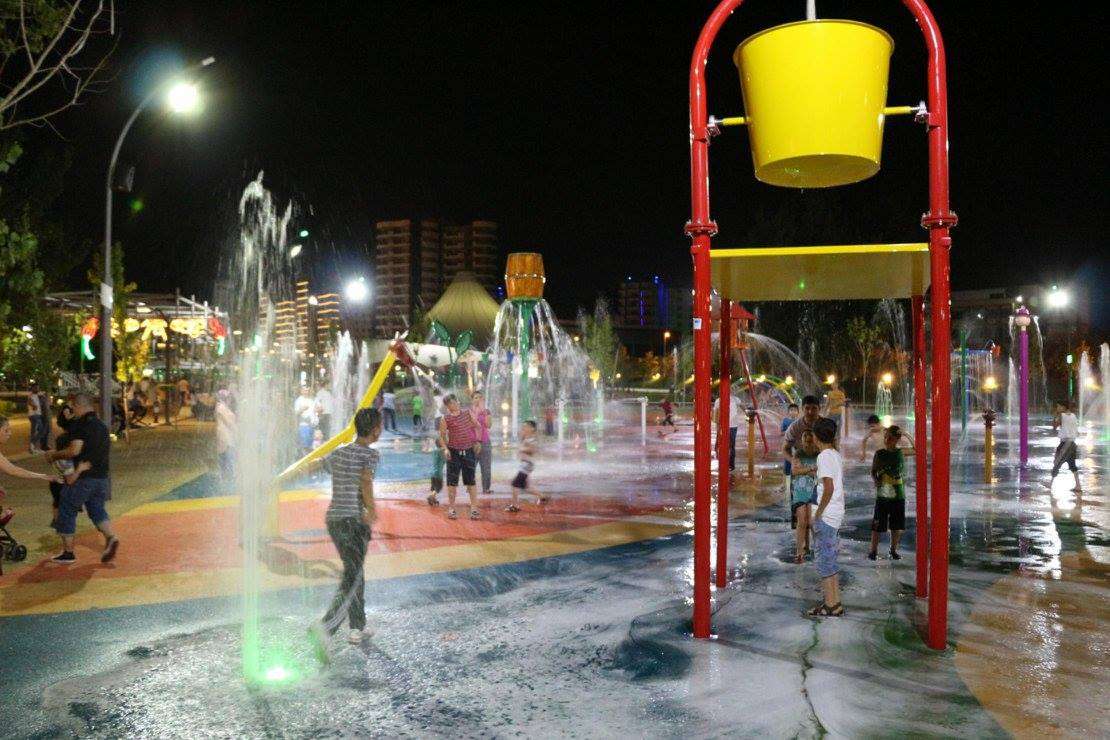
Splash Park Planning A to Z
Water Splash Blog Read more, Discover more ! Splash Park Planning A to Z Before you decide to add a splash park to your community,
Water Splash Blog
Read more, Discover more !
Welcome to the world of splash pads, where fun meets sustainability! If you’re looking for an
exciting and environmentally friendly way to beat the heat, then designing a splash pad is just
what you need. This innovative water play area has gained popularity in recent years due to its
commitment to reducing water consumption and minimizing the carbon footprint.
In this blog post, we will delve into the art of creating an eco-friendly splash pad that not only
provides endless hours of enjoyment but also promotes responsible use of resources. From
careful location selection to utilizing solar energy and incorporating natural elements, we’ll
explore all the steps involved in designing a splash pad that leaves a positive impact on our
planet.
So grab your sunscreen and let’s dive right into making waves with an environmentally friendly
splash pad!

Imagine a place where water dances and laughter fills the air. That’s the magic of a splash pad/Splash Park! A
splash pad, also known as a spray ground, is an interactive water play area designed for people of
all ages to cool off and have fun. Unlike traditional pools or water parks, splash pads are
typically built with non-slip surfaces and feature various nozzles that shoot out water in different
patterns and directions.
These vibrant and dynamic spaces offer a safe environment for children to explore their
imagination while staying refreshed during hot summer days. From gentle misting sprays to
cascading fountains, each element is carefully crafted to provide maximum enjoyment without
the need for deep bodies of water.
One of the key features that sets splash pads apart from other aquatic facilities is its recirculation
system. This innovative filtration system ensures that the same water is continuously reused,
significantly reducing overall consumption compared to conventional swimming pools. By
incorporating advanced technologies such as UV filtration systems or ozone filtration systems,
these modern marvels maintain high levels of hygiene while minimizing chemical usage.
Splash pads not only bring joy but also contribute towards environmental sustainability by
lowering their carbon footprint. The materials used in construction are often chosen with
longevity and eco-friendliness in mind. Recycled materials like rubberized surfacing or
permeable pavers help mitigate stormwater runoff issues while providing a cushioned surface for
little feet.
In addition to being environmentally conscious in design, many splash pads aim to incorporate
natural elements seamlessly into their surroundings. Lush landscaping featuring native plants not
only adds beauty but also contributes towards creating habitat spaces for local wildlife.
In conclusion (as requested), understanding the concept of a splash pad goes beyond just
splashing around – it’s about celebrating nature, conserving resources, and creating memorable
experiences for generations to come! So next time you visit one of these delightful play areas,
take a moment to appreciate how this simple concept can make such a big impact on our planet.
When it comes to designing a splash pad, it’s crucial to consider the environmental impact.
Creating an environmentally friendly splash pad not only benefits the planet but also enhances
the overall experience for visitors. By incorporating sustainable design elements and practices,
you can minimize water waste, energy consumption, and carbon footprint.
One of the key aspects of an eco-friendly splash pad is utilizing a recirculation system. This
system allows water to be filtered and treated before being reused, reducing water consumption
significantly. Installing filtration systems such as UV or ozone filtration helps maintain clean and
safe water while minimizing chemical usage.
Choosing materials that are renewable, recyclable, or locally sourced is another important factor
in designing an environmentally friendly splash pad. Opting for sustainable materials reduces the
carbon footprint associated with production and transportation.
In addition to using eco-friendly materials, incorporating solar energy can contribute greatly to
sustainability. Solar panels can power various components of the Splash Pad / Spray Park such as pumps or
lighting systems, decreasing reliance on non-renewable energy sources.
To further enhance environmental friendliness, consider integrating natural elements into the
design. Incorporating native plants not only adds aesthetic value but also provides habitat for
local wildlife. Additionally, creating shaded areas using trees or structures helps reduce heat
island effect and promotes comfort without excessive use of air conditioning.
Regular maintenance and check-ups are essential for ensuring continued environmental
friendliness of your splash pad. Regular inspections help identify any potential leaks or
inefficiencies that could lead to unnecessary water waste or energy consumption.
Furthermore, community involvement plays a crucial role in promoting eco-friendly practices at
the splash pad. Educating visitors about responsible water usage through signage or interactive
displays raises awareness about conservation efforts and encourages everyone to play their part
in protecting our environment.
By considering these factors during the design phase of your splash pad project, you can create a
fun-filled space that minimizes its impact on nature while providing an enjoyable experience for
all who visit
When it comes to designing an environmentally friendly splash pad, thorough research and
planning are essential. The first step is to find the perfect location for your splash pad. Look for a
spot that receives ample sunlight, as this will help with energy efficiency if you decide to
incorporate solar panels into your design.
Consider the accessibility of the location as well. Look for a place that is easily accessible by
foot or bike, promoting eco-friendly modes of transportation. Additionally, choose a site away
from sensitive ecosystems or bodies of water to minimize any potential negative impacts on local
wildlife.
Next, carefully consider the materials you will use in constructing your splash pad. Opt for
sustainable options such as recycled rubber flooring or permeable pavers that allow rainwater to
seep into the ground instead of contributing to runoff.
Furthermore, prioritize using non-toxic materials that won’t harm children or contaminate water
sources. Research eco-friendly alternatives like low VOC paint and plant-based dyes for any
decorative elements.
Take time during this research phase to explore different filtration systems available for splash
pads. Consider options like UV filtration systems or ozone filtration systems, which can
effectively remove bacteria and contaminants without relying heavily on chemical treatments.
By conducting thorough research and planning before construction begins, you can ensure that
your environmentally friendly splash pad is located in an ideal spot while utilizing sustainable
materials and advanced filtration techniques.
When designing an environmentally friendly splash pad, water conservation should be a top
priority. By implementing smart water management techniques, we can minimize waste and help
preserve this precious resource.
One effective technique is the use of recirculation systems. These systems collect and filter the
water used in the splash pad, treating it to remove impurities before reusing it. This not only
reduces water consumption but also ensures that clean and safe water is continuously available
for play.
To further enhance water conservation efforts, filtration systems such as UV or ozone filtration
can be incorporated into the design. These systems effectively purify the recycled water by
eliminating harmful bacteria and viruses without using excessive chemicals.
Another important consideration is reducing carbon footprint through energy-efficient equipment
and practices. Installing low-flow spray nozzles or timers can control the amount of water used
in each play cycle, minimizing waste. Additionally, incorporating solar-powered pumps or
heating mechanisms helps reduce reliance on traditional energy sources.
Integrating natural elements like rain gardens or bioswales not only adds aesthetic appeal but
also aids in stormwater management. These features capture rainwater runoff from the splash pad
area and naturally filter it back into groundwater sources while promoting biodiversity.
Regular maintenance check-ups are crucial to ensuring optimal efficiency and effectiveness of
these conservation techniques. Inspecting valves, pipes, filters, and sensors will help identify any
leaks or malfunctions promptly.
Educating community members about eco-friendly practices goes hand-in-hand with designing a
sustainable splash pad. Providing information on responsible water usage strategies creates
awareness among visitors that they too have a role to play in conserving this valuable resource.
By implementing these various strategies for conserving water resources within our splash pads'
designs, we can create enjoyable recreational spaces while prioritizing environmental
sustainability!
Utilizing Solar Energy for Sustainability
One of the key elements in designing an environmentally friendly splash pad is the use of solar
energy. By harnessing the power of the sun, we can reduce our carbon footprint and create a
sustainable water play area.
Solar panels can be installed to generate the electricity needed to operate various features of the
splash pad, such as pumps and filtration systems. These panels absorb sunlight and convert it
into usable energy, which helps to minimize reliance on traditional sources of electricity.
In addition to reducing environmental impact, utilizing solar energy also has financial benefits.
Once installed, solar panels require minimal maintenance and have a long lifespan. This means
lower operating costs over time, allowing communities to allocate resources towards other
sustainability initiatives.
By incorporating solar energy into the design of a splash pad, we not only reduce our reliance on
fossil fuels but also inspire others to embrace renewable energy solutions. It’s an opportunity to
educate visitors about sustainability while providing them with a fun and engaging water play
experience.
With advancements in technology, solar-powered options are becoming more accessible and
efficient. As designers and planners focus on creating eco-friendly spaces, integrating solar
energy will undoubtedly become an integral part of future splash pads.
Let’s continue exploring innovative ways to make our splash pads more sustainable by
harnessing the power of sunlight!
When designing an environmentally friendly splash pad, it’s important to consider incorporating
natural elements into the design. By doing so, not only can you create a visually appealing space
but also provide a more sustainable and eco-friendly experience for users.
One way to incorporate natural elements is by using native plants and landscaping techniques
that require minimal water usage. Choosing drought-resistant plants not only reduces the need
for excessive watering but also helps conserve water resources in the long run. Additionally,
incorporating green spaces and trees can provide shade and cooling effects, reducing the need for
energy-intensive artificial cooling systems.
Another aspect of incorporating natural elements is utilizing permeable surfaces such as gravel
or porous pavement instead of concrete. This allows rainwater to be absorbed back into the
ground rather than contributing to stormwater runoff, reducing strain on local drainage systems.
Furthermore, integrating natural materials like wood or stone in play structures can add an
organic aesthetic while minimizing reliance on synthetic materials that have high carbon
footprints during production.
By thoughtfully considering these aspects of design, you can create an environmentally friendly
splash pad that harmoniously blends with its surroundings while providing a fun and engaging
experience for visitors.
Community Involvement and Education on Eco-Friendly Practices:
Creating an environmentally friendly splash pad goes beyond just the design and construction
process. It also involves engaging the community and educating them about eco-friendly
practices. By involving the local community, you can foster a sense of ownership and
responsibility towards the splash pad’s sustainability.
One way to encourage community involvement is by organizing workshops or seminars on water
conservation techniques. This could include teaching residents about simple actions they can
take, such as turning off faucets when not in use or using rainwater for gardening purposes.
Additionally, hosting clean-up events around the splash pad area can help raise awareness about
littering and its impact on the environment. By actively participating in these clean-ups,
community members will become more conscious of their actions and strive to keep their
surroundings clean.
Schools can also play a crucial role in promoting eco-friendly practices among children.
Incorporating environmental education into their curriculum can instill good habits from an early
age. Students can learn about topics like water conservation, renewable energy sources, and
reducing carbon footprints.
To further engage the community, consider setting up information boards near the splash pad
that highlight its sustainable features. This could include details about how water is conserved
through recirculation systems or how solar panels are used to power certain elements of the park.
Remember that education should be ongoing to ensure lasting change within your community.
Host regular events or workshops focused on eco-friendly practices so that residents have
opportunities to expand their knowledge even after the splash pad is complete.
By involving your community in this process, you not only create a fun place for families but
also build a culture of sustainability where everyone plays a part in preserving our precious
resources for future generations.
Creating a Fun and Eco-Friendly Splash Pad
Designing an environmentally friendly splash pad is not only beneficial for the planet but also
provides a fun and enjoyable experience for everyone. By incorporating water conservation
techniques, utilizing solar energy, incorporating natural elements in design, and involving the
community in eco-friendly practices, we can create a sustainable and responsible recreational
space.
When planning a splash pad, it is crucial to consider factors such as location, materials used, and
filtration systems like UV or ozone filtration systems that reduce carbon footprints. These
choices will ensure minimal environmental impact while still providing hours of entertainment
for children and families.
By implementing water conservation techniques such as recirculation systems and proper
filtration methods, we can minimize water waste significantly. This not only benefits our
environment but also helps conserve this precious resource.
Utilizing solar energy to power various features of the splash pad further reduces reliance on
non-renewable energy sources. Solar panels can power pumps and other equipment required for
maintaining the functionality of the splash pad.
Incorporating natural elements into the design enhances both aesthetic appeal and environmental
sustainability. Using native plants around the perimeter creates a harmonious blend with nature
while providing shade during hot summer days.
Regular maintenance check-ups are essential to keep the splash pad running efficiently while
remaining environmentally friendly. Routine inspections help identify any issues with filtration
systems or leaks promptly so they can be addressed before causing significant damage or wasting
resources.
Involving the community in eco-friendly practices through education programs fosters awareness
about sustainability among visitors. Engaging signage highlighting water conservation tips or
organizing workshops promotes responsible behavior towards our environment.
By combining these efforts – choosing sustainable materials; conserving water through efficient
recirculation systems; harnessing solar energy; integrating natural elements; conducting regular
maintenance checks; and engaging communities in eco-friendly practices – we can create an
innovative and exciting play area that leaves behind nothing but happy memories while
minimizing our ecological footprint!
So let’s embark on this journey together and design a splash pad that not only brings joy but also
helps protect our planet for future generations to come.
#splashpad #splash pad #watersplash #sprayground #sustainablesplashpad #uvfiltration
Contact us for any questions you may have. Our expert team will assist you free of charge for government incentives, investments, budget planning and many more. Fill out the form now and we’ll set up an appointment.

Water Splash Blog Read more, Discover more ! Splash Park Planning A to Z Before you decide to add a splash park to your community,
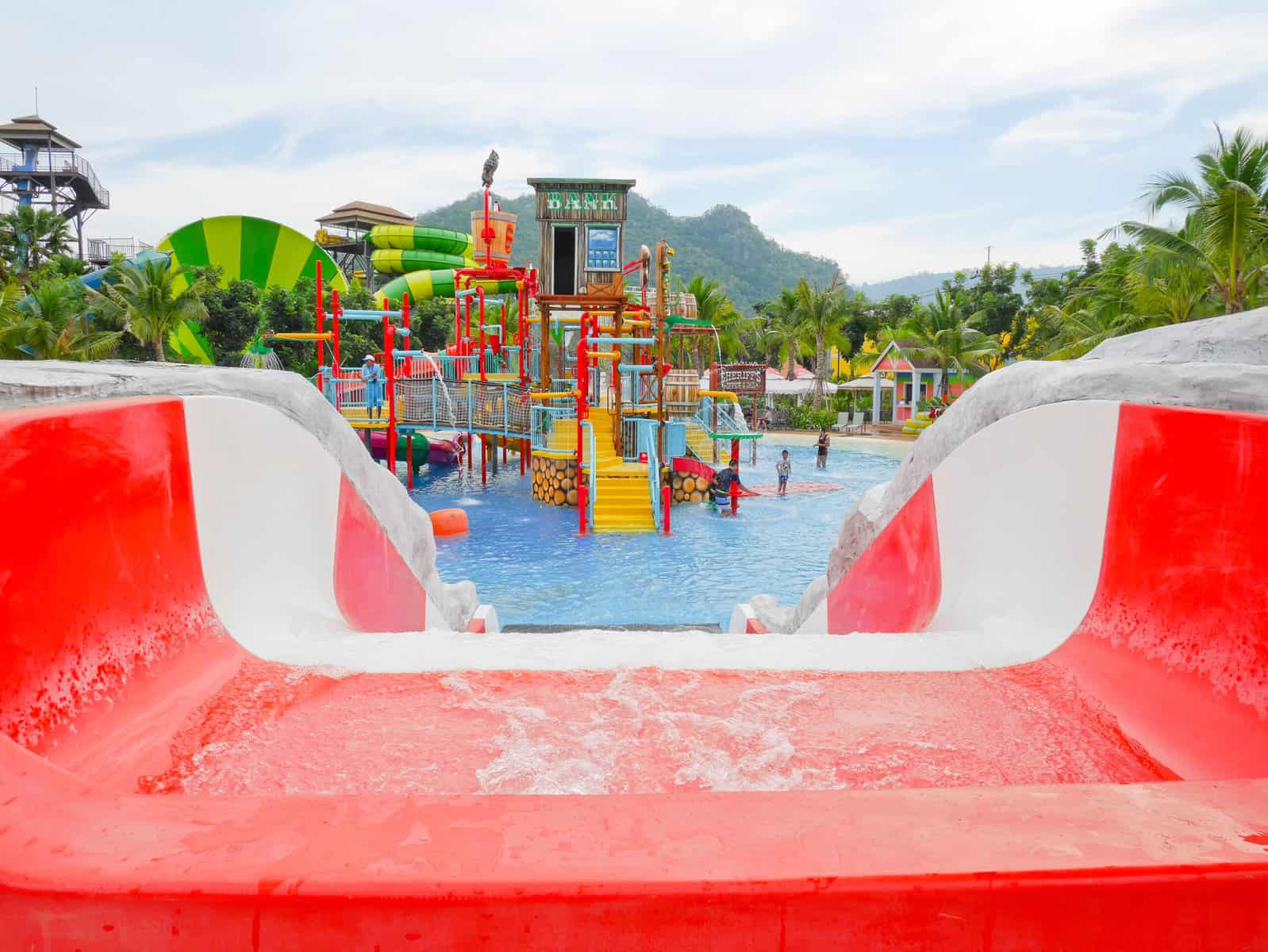
Water Splash Blog Read more, Discover more ! How to Secure Government Grants for Your Community’s Splash Park or Playground Are you dreaming of a
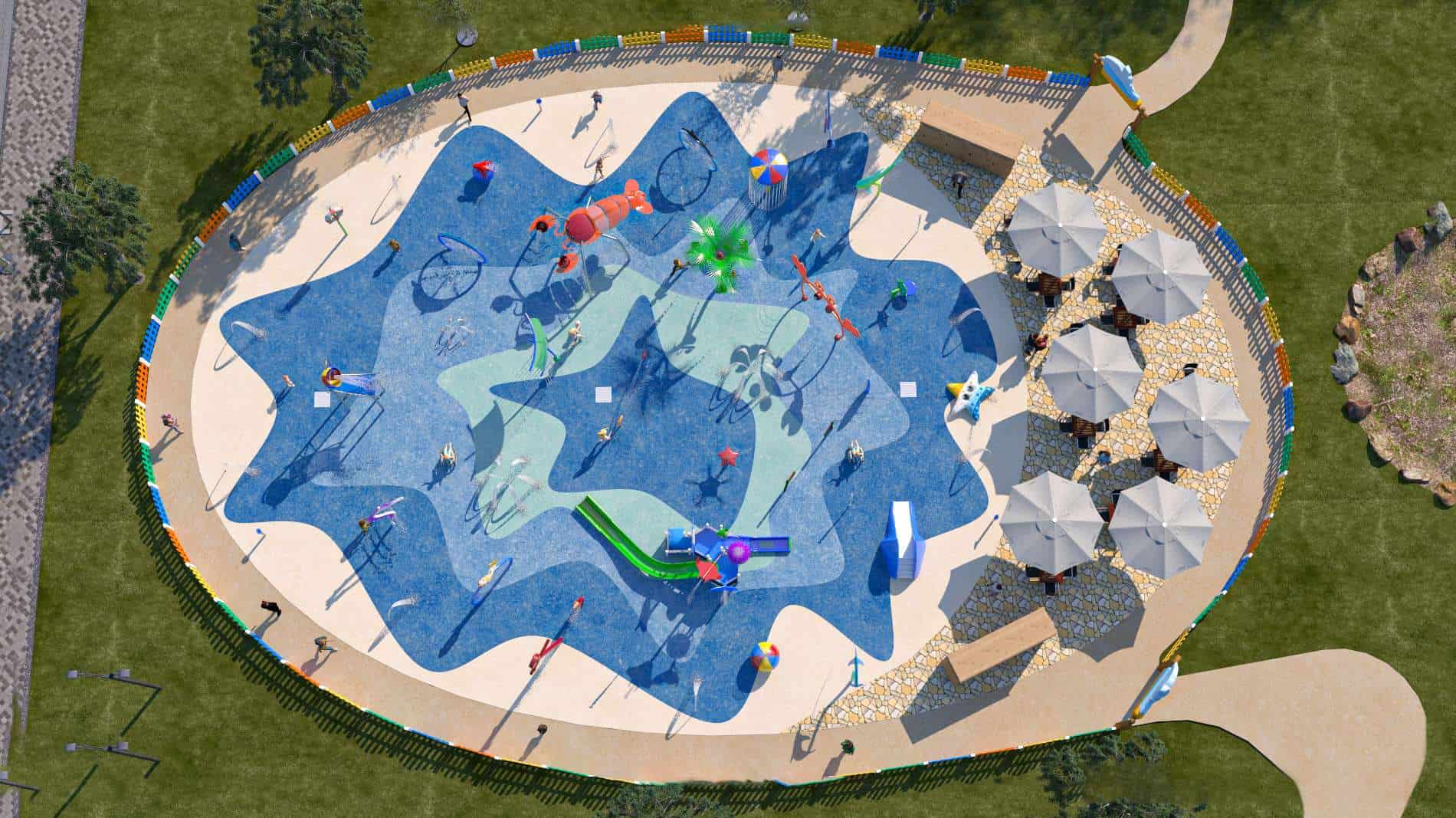
Water Splash Blog Read more, Discover more ! How To Build A Splash Pad in 4 Step? Read more
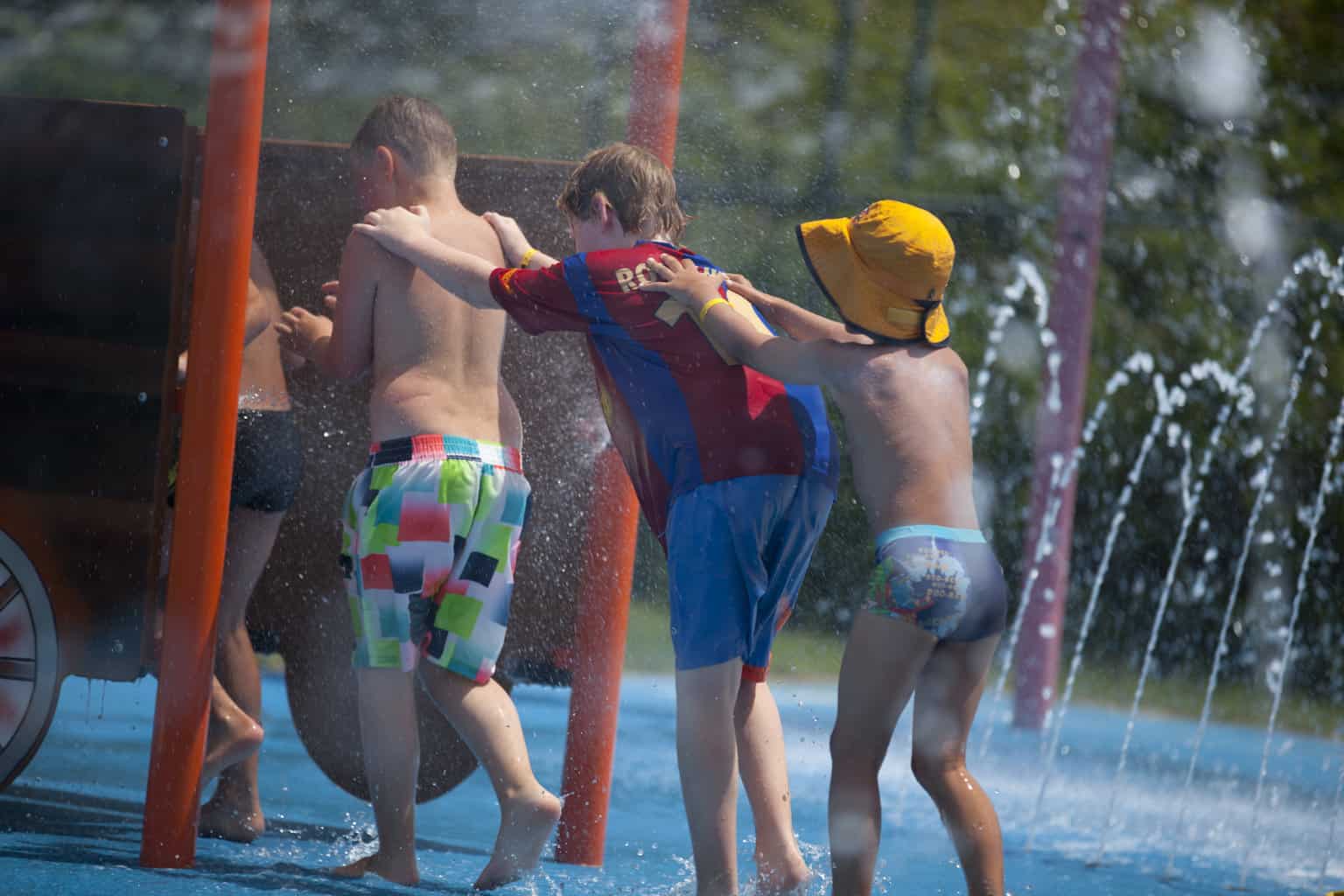
Water Splash Blog Read more, Discover more ! How to create a water park at home? In this article, we will answer the question of
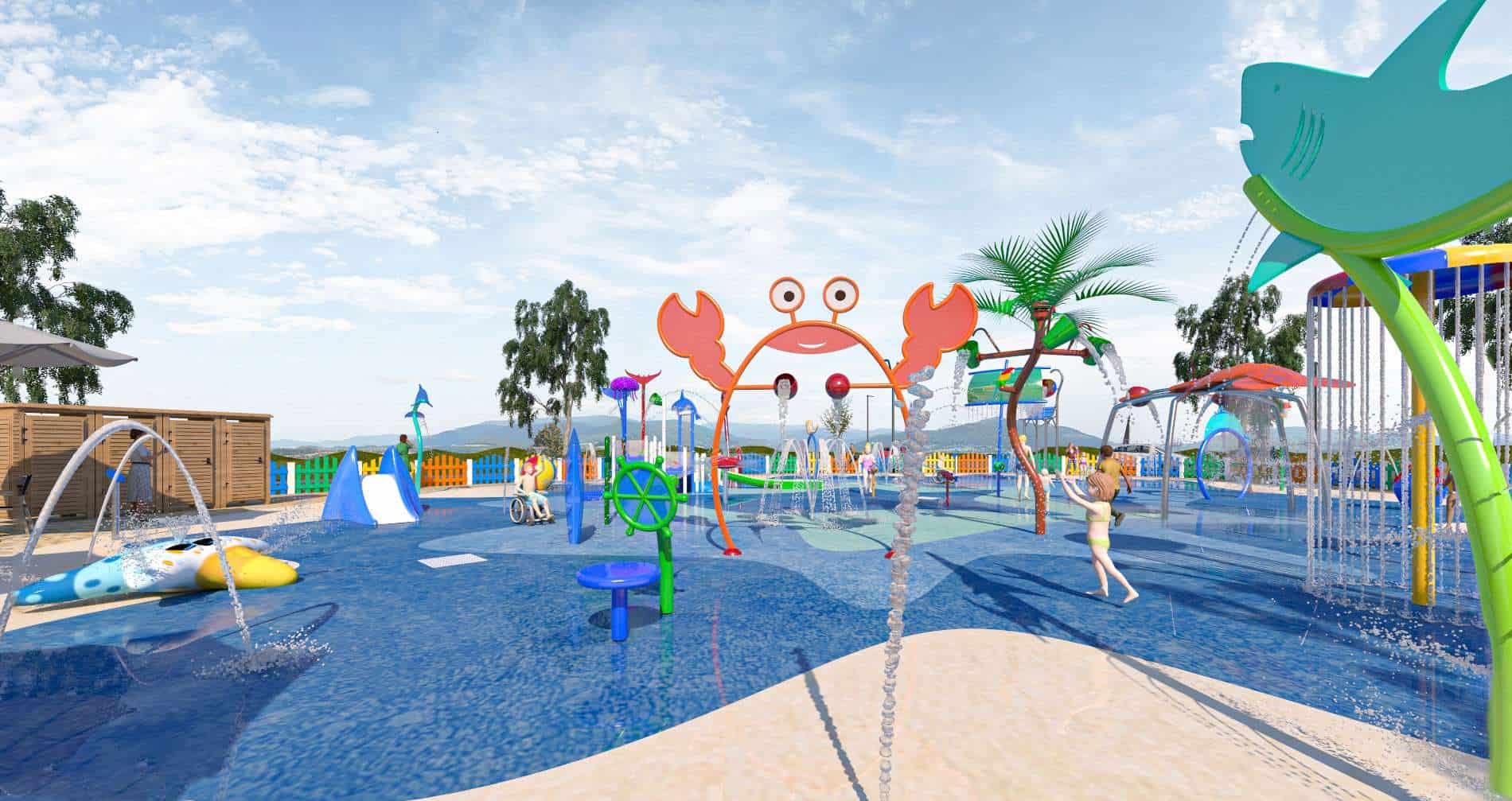
Water Splash Blog Read more, Discover more ! How To Design A Splash Pad With Regulatory Compliance? In this article, we will answer, How to
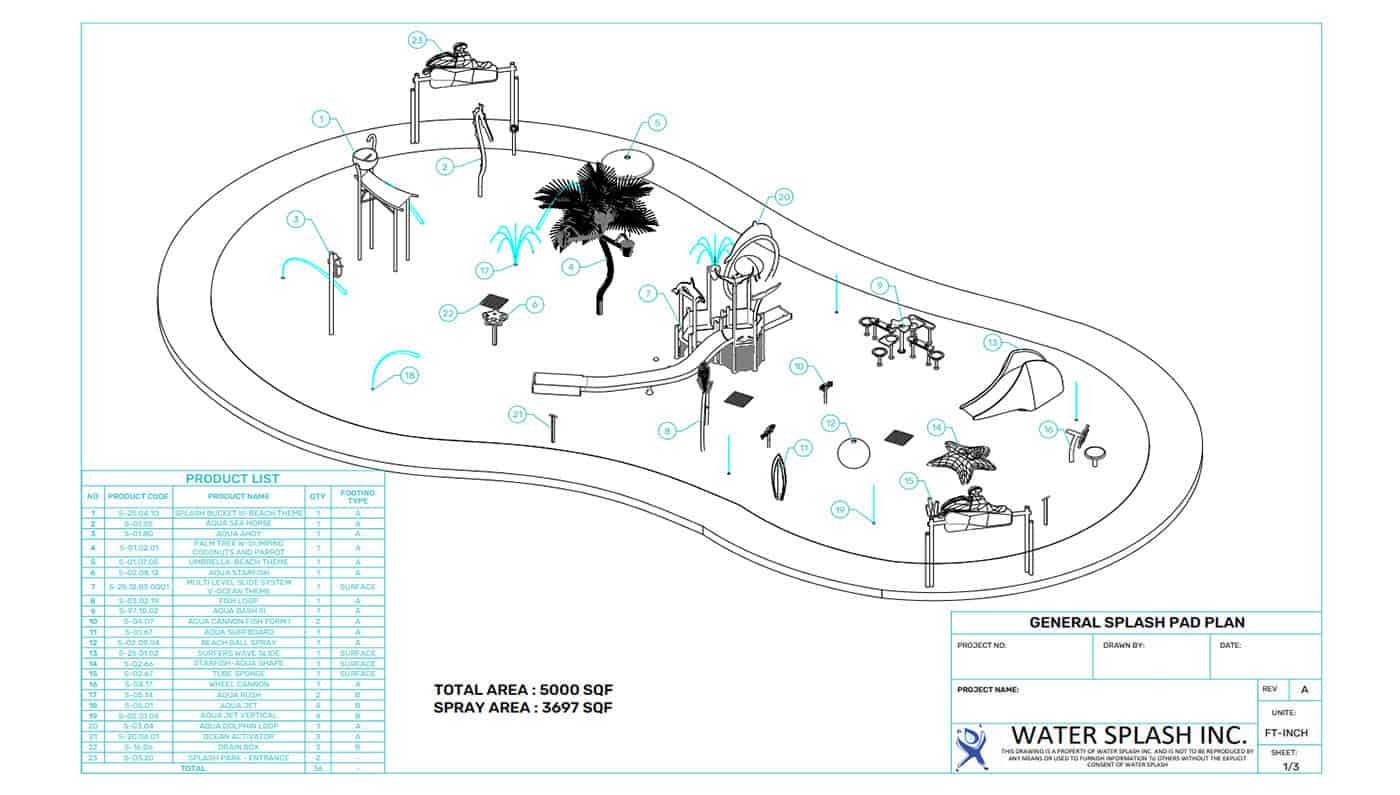
Water Splash Blog Read more, Discover more ! WATER SPLASH DESIGN PERSPECTIVE Water Splash, Inc. For more than 20 years, Innovative Water Playground Equipment designs,
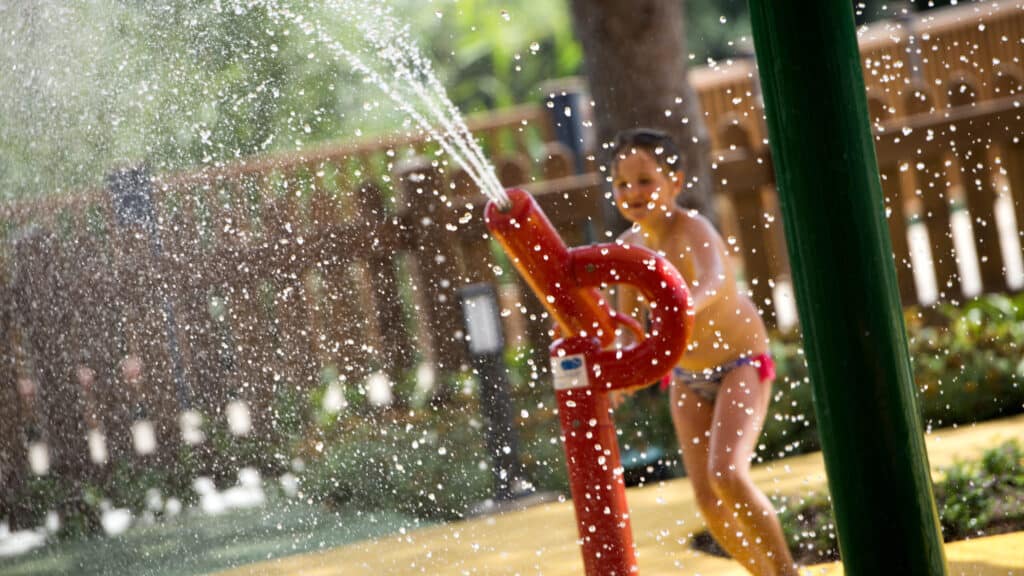
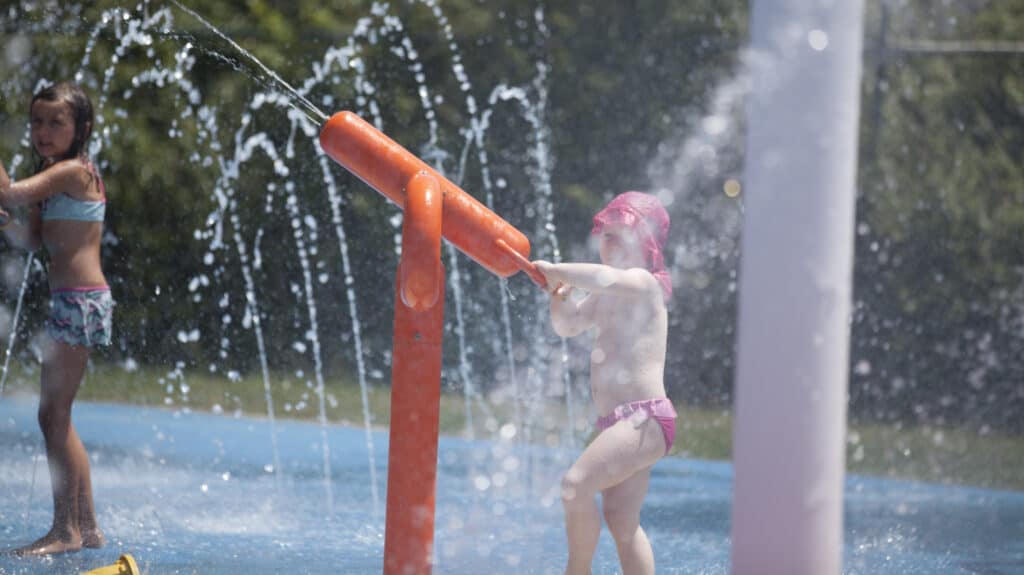
(800) 936 3430
102 W Service Rd Ste 412, Champlain, NY, 12919, United States
© 2025 Water Splash Inc. All Rights Reserved